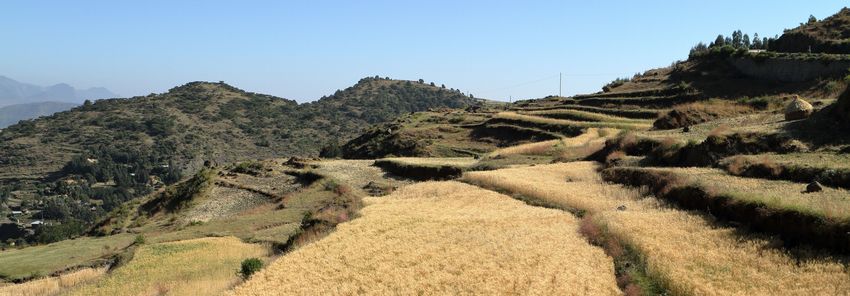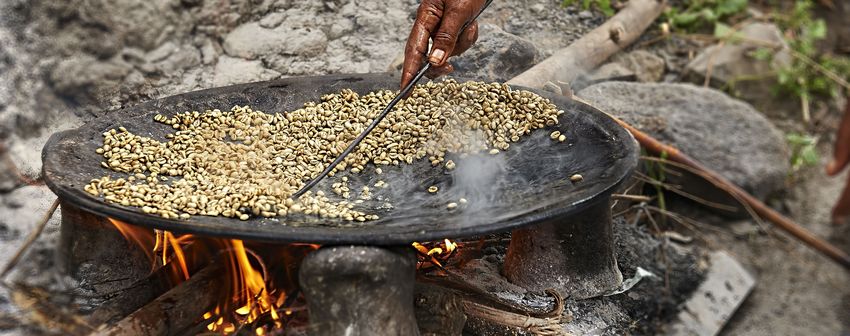Background
Soils are a fundamental natural resource and the basis for all life on land. Several environmental or anthropogenic influences can lead to a deterioration of the physical, chemical and biological conditions of soil quality, which is accompanied by a loss of the productive capacity of the soil and a serious depletion of soil biodiversity.
Wearing a mask during Corona pandemic has become the new normal of our everyday life. Yet, using face masks is not a new concept. Especially in some of the Asian countries, it has been a common practice for decades as a precaution against airborne hazardous substances. Air pollution is one of the greatest environmental risks to human health by causing stroke, heart disease, lung cancer, both chronic and acute respiratory diseases, including asthma.

